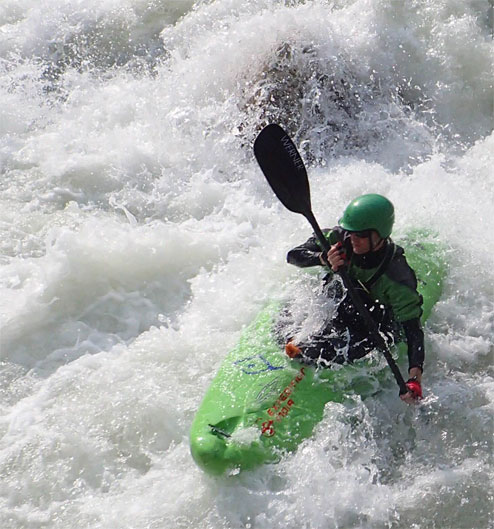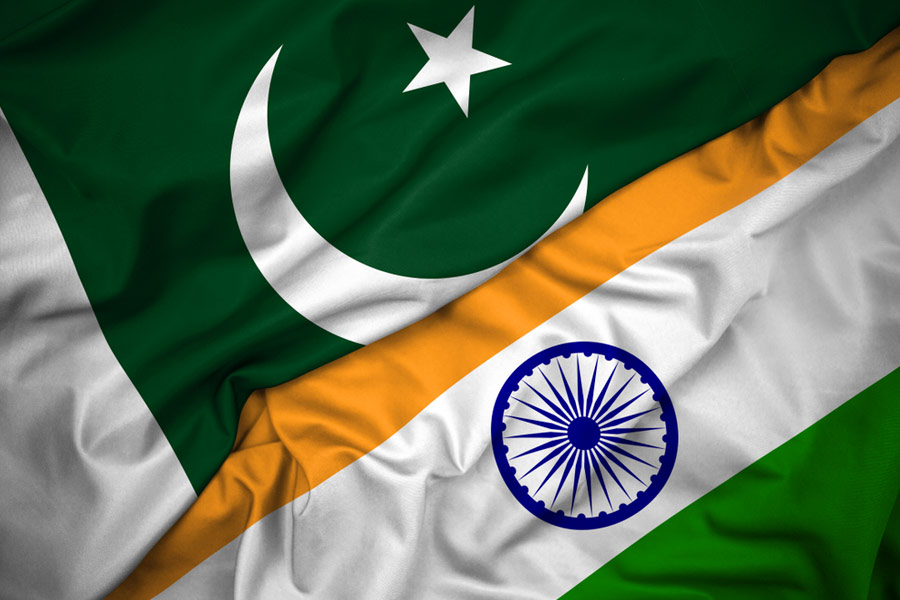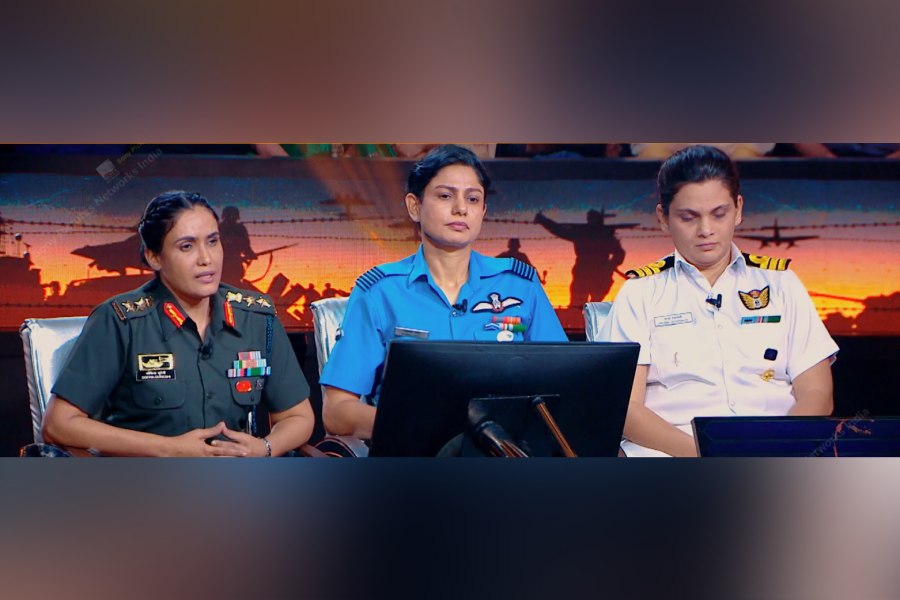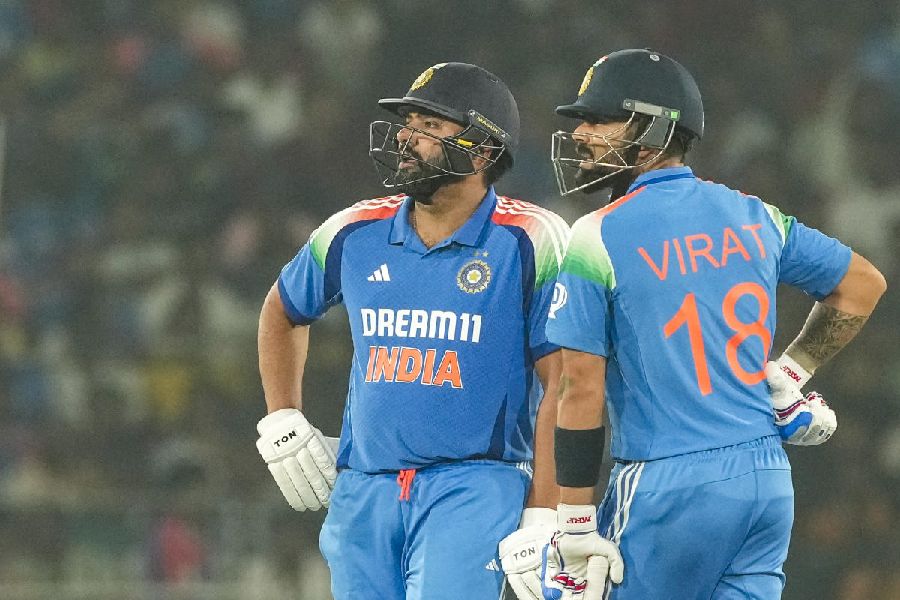
It has been a fast ride in the water for Manik Taneja. When he started, the Bangalore-based owner of GoodWave Adventures had only a trickle of custo-mers ready to head out on the kayaking expeditions that he was offering. Now he teaches kayaking to novices and also runs an online shop where kayaking enthusiasts can buy kayaks and get togged up before they venture into the water. “When I started around 2010, there were just about 10 people who came for kayaking in a year. Now the numbers have gone up to about a thousand.”
Kayaking’s the newest adventure sport for thrill-seekers who are always on the lookout for high-action holidays, or just an off-hours hobby. You can paddle along gently in a lake or zip downriver doing adrenaline-raising white-water kayaking.
In fact, the great thing about kayaking as a hobby is the sheer variety. Take a look at what’s on offer from Goa Kayaking, a Chicalim-based outfit that has 29 kayaks and which offers vastly different experiences on several of the state’s rivers or along the coast. Do you fancy a trip into the mangrove forests on Goa’s Spikes River? Or, would you prefer the late-night Moonlight Zuari experience? “The Spikes River trip is almost like exploring the Amazon jungle as it’s very rich in flora and fauna,” Says Goa Kayaking’s Prakash Alphonso.
Zoom over to the more mountainous parts of the country and thrills of a different kind await the experienced kayaker.
Vaibhav Kala of Aquaterra offers the excitement of river-running on mighty waterways like the Zanskar in the northwest or the Siang and Subansari in Arunachal Pradesh. Kala has about 25 kayaks and another 15 inflatable double-seater kayaks.
.jpg)
One giant plus-point that’s pushing the popularity of kayaking is that in India it can be done all year round. “Kayaking can happen at any time of year. In south India, kayaking’s great during the monsoon, when the rivers are swollen. During the monsoon, you can kayak in Ladakh too. In the north and northeast, autumn and spring are the best seasons,” says
Rishikesh-based Anvesh Singh Thapa of Expeditions India which has 10 kayaks that are mainly taken out along the Ganga and its tributaries.
Head south and it’s an entirely different story. GoodWave Adventure takes people on kayaking trips during the monsoons between July and October around Bangalore. “From October to March, kayaking can be done in dam-controlled rivers like Cauvery. In June, it starts in Kerala and goes on till October,” says Taneja.
Kayaking’s fast-growth is also helped by the fact that it can be tailored both for the highly skilled expert with athletic levels of fitness and also the rank beginner who can try their hand in still water (like on lakes created by dams). Heading into rivers and fast-moving white water requires more expertise. And for real veterans, there’s also the sea. Says Aquaterra’s Kala: “There are a dozen options of all kinds, from beginner and intermediate rivers like the Mahakali to challenging ones like the Tons.”

One kayaking trip that’s on offer from Expeditions India is down the Kali River in Uttarakhand from a place called Jauljibi to Boom, which is 15 km away from Tanakpur. The trip can take anything between three and six days — depending on the kayakers. Amateurs are given raft support and the more experienced people carry food supplies and sleeping bags in their kayak. The kayakers pitch camp on one of the beaches along the river after about four to six hours of paddling.
To get an idea of how kayaking’s catching on across India, take a trip to Kodencherry, which is between Wayanad and Calicut in Kerala’s Malabar region. Here, at the peak of the monsoon season, when the rain was pelting down, more than 150 kayakers gathered for the fourth Malabar River Festival along the Chalippuzha and the Iruvanjipuzha rivers which are in spate during the monsoon.
The races take place mainly along two long and fast-flowing rapids and are a thrill and spill a minute for both the competitors and spectators alike. Many competitors are from abroad and the top prizes for the four-year-old event were snaffled up by foreign kayakers who had travelled a long way for their ride down the river. Says GoodWave’s
Taneja who’s a key organiser: “The conditions are perfect for a great ride.”

Photo: Kristof Stursa
The Malabar River Festival has carved out a niche for itself on the world kayaking map and now Meghalaya in the northeast is following suit. The northeastern state last month kicked off the Meghalaya Whitewater Kayaking Fest on the Umtrew River with almost 40 participants, half of whom were from abroad. One star kayaker who raced into the water was Spaniard Aniol Serrasolses, who’s reckoned to be one of the top paddlers in the world.
But Indians are catching up rapidly and learning how to paddle their way to success. At the Ganga Kayaking
Festival earlier this year, many of the top prizes were claimed by Indians, who’ve picked up their skills in double-quick time.
In fact, there’s been a big midstream change as Indians jump into their kayaks. Initially, it was the foreigners who came from different corners of the world for kayaking expeditions in India, but now there are more Indians in the water. Says Alphonso:
“Initially 98 per cent of our clients were foreigners but now about 90 per cent of our clientele is Indian.”
Still, there aren’t many expert Indian kayakers. And, so there aren’t many who head out to sea in their kayaks.
In fact, Goa Kayaking’s Alphonso says he only takes experienced foreigners on trips into the Arabian Sea off Goa. He occasionally organises expeditions to two or three small islands off the coast. The journey’s about three hours each way and with a stop on the island, usually involves an eight-hour round trip.

To understand how the sport is catching on take a look at the ever-changing figures being added up by the Delhi-based Indian Kayaking & Canoeing Association. Says the organisation’s secretary general Balbir Singh Kushwaha: “We started off in 1986 and now there are 7,500 kayakers registered with us from around India.”
The association coordinates centres located in 28 Indian states and also organises several national championships. And just one state, Jammu & Kashmir, now has 1,000 kayakers on its rolls compared to 300 kayakers two years ago.
Most kayaking organisations spend a great deal of time training newcomers. Leading the way are working professionals who have cash to burn on expensive hobbies. Says Kala: “The learners are usually in their late 20s and mid 30s.”
One enthusiastic kayaker who has taken to the water in recent years is Delhi-based Bhavpreet Singh, 33, who works with Mojhi, an adventure-travel start-up, and tried his hand at kayaking after a trip to Rishikesh. But he found that Bangalore, where he worked at the time, was a great place for kayaking. “I go on kayaking trips at least once in a month,” he says.

Taneja gives further insight into the kind of people interested in the sport: “The demographics are loaded in favour of working professionals — people who are interested in adventure and have been scuba diving, trekking or high altitude trekking and have gained proficiency in at least one or two of these activities.”
For relative newcomers, the experts recommend that it’s best to go in groups of two, or, ideally, three. Says Kala: “Stay within your skill level as the consequences on a river are immediate.”
The mini-boom in kayaking has changed the lives of many who’ve been championing the sport ever since it made its appearance on Indian rivers. Take Taneja, for instance, who hasn’t given up his day job, but who spends all his free time teaching kayaking and also coping with the increasing orders at his online shop.
In some places kayaking is being combined with other outdoor sports. Xtreme Zone Getawayz, for instance, offers a day out with about 14 different activities including kayaking at the Manchanabele Dam about 50km from Bangalore. The outing usually involves one hour in a kayak.
While an occasional leisurely trip doesn’t require much muscle-power, anyone who aims to go kayaking regularly needs to up their fitness levels. Says Taneja: “If you can walk 5km at one stretch, you’re ready to go paddling. As you take on more difficult river courses it needs athletic levels of fitness.”

In addition to ones fitness levels, like any other sport, there are precautions needed during a kayaking session. Goa Kayaking usually organises trips with 12-13 people accompanied by two guides — one leading the group and one at the rear.
To experience kayaking as a leisure trip, Goa Kayaking has different packages. Says Alphonso: “Jiffy’s for 40
minutes and costs Rs 1,200. A standard trip for 150 minutes which goes deep into the lotus pond or the mangroves costs Rs 4,800.”
On the other hand, learning to kayak needs more time and money. A four-day clinic with Aquaterra costs Rs 22,000 plus taxes which includes all equipment, stay and meals at Camp Aquaterra and dedicated instruction. Taneja’s classes cost Rs 4,500 a day or Rs 9,000 for a weekend.
Once you’ve learnt, you can rent kayaks and equipment for about Rs 3,000 per day. And kayaks can be bought for around a lakh. Throw another Rs 20,000 for the remaining gear.
So what are you waiting for? The rivers are calling, whether you want to paddle about placidly for an hour, or if you’re looking for the thrill of racing down rapids.










